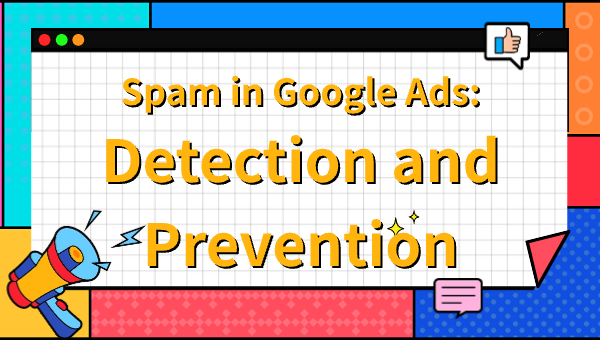Spam in Google Ads: Detection and Prevention
Introduction: The Hidden Risk Lurking in Your Campaigns
Google Ads offers one of the most powerful advertising platforms on the web—but it’s not without risks. Among the biggest threats is spam: deceptive, irrelevant, or malicious content that can harm both advertisers and users. Whether you’re running whitehat e-commerce campaigns or more aggressive affiliate promotions, understanding how Google detects and penalizes spam is critical for long-term success.
What Counts as Spam in Google Ads?
Spam in Google Ads goes beyond just poor content. It includes:
Misleading headlines or landing pages
Bridge pages with no real value
Malware or phishing links
Keyword stuffing or unnatural ad repetition
Cloaked content that doesn’t match the ad text
Even if you're not intentionally spamming, aggressive scaling or repeated ads may trigger Google’s algorithmic spam filters.
How Google Detects Spam
Google uses a combination of AI-based systems and manual reviewers to scan for spam. Detection methods include:
Crawling destination URLs for inconsistencies
Monitoring CTR, bounce rate, and dwell time
Analyzing text similarity across campaigns
Flagging domains or advertisers with prior violations
Inspecting scripts and cloaking mechanisms
Any suspicious activity may result in Ad Disapproval, Domain Suspension, or Account Termination.
Common Spam Tactics Marketers Must Avoid
To remain compliant, steer clear of:
Using “fake urgency” like countdown timers or limited-time offers on non-limited products.
Mass-duplicating campaigns across regions or languages.
Redirecting traffic through multiple domains.
Pushing landing pages that don’t match the ad intent.
If you’re operating in “gray” verticals like finance, crypto, or health, your margin for error is even thinner.
How Cloaking Can Help—When Done Right
A well-implemented cloaking system can protect your backend content while complying with front-end ad policies. Specifically, it allows:
Showing compliant “white pages” to bots or reviewers
Delivering real offers only to qualified users
Avoiding repeated manual reviews by Google
Services like adcloaking.com are designed to filter out spam flags while letting your campaign scale safely.

